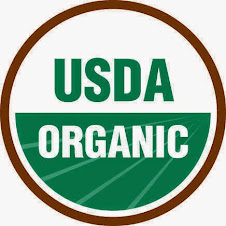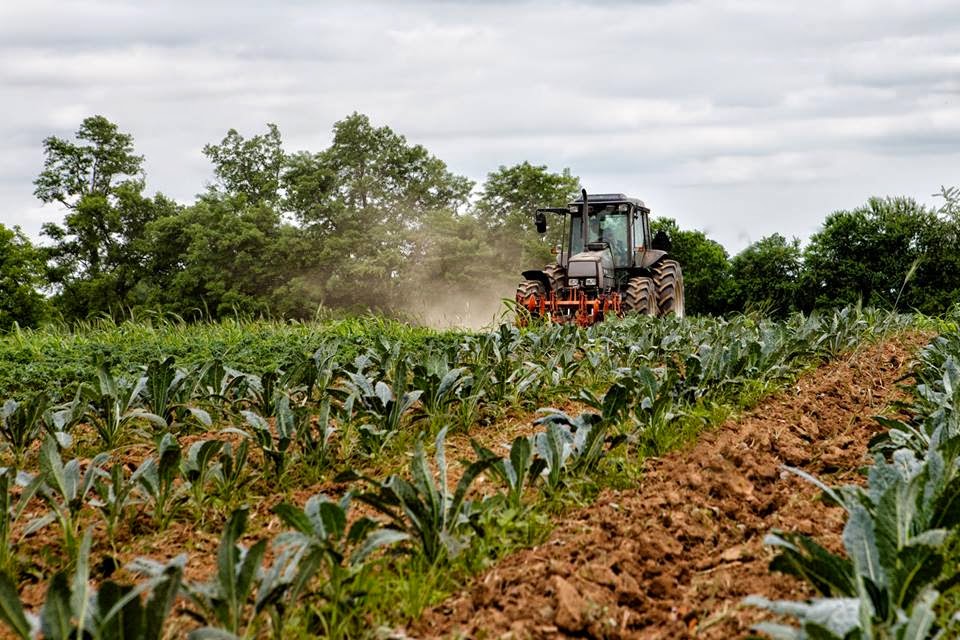At
the farm we are now taking pre-orders for Elmwood Stock Farm's organic
specialty breed turkeys. We take orders by phone or email prior to the holidays, and payment is made at pickup. Turkeys can be
picked up the Saturday prior to Thanksgiving (Nov. 17th) at the downtown
Lexington farmers market, or make arrangements to pickup at the farm on Friday
or Monday (Nov. 19th or 21st). Shipping is also available within the
Continental US (an additional $20 for packaging plus shipping charges). All of our turkeys are processed under USDA inspection and will
be freshly frozen for food safety.
As one of only a few farms in the US to raise organic certified heritage breed turkeys, we are proud to have these special turkeys to offer. We appreciate your interest in serving a locally produced, organic turkey – you can taste the difference and you will know you are serving the best!
As one of only a few farms in the US to raise organic certified heritage breed turkeys, we are proud to have these special turkeys to offer. We appreciate your interest in serving a locally produced, organic turkey – you can taste the difference and you will know you are serving the best!
ALL TURKEYS at Elmwood Stock Farm in Scott County outside of Georgetown are
Organic Certified free ranging turkeys that are raised outdoors on grass
pasture. They are raised the old-fashioned way, on fresh green grass and clover
pastures with wholesome grains, resulting in moist, flavorful turkey. Not only
are Elmwood turkeys raised naturally, free from any synthetic inputs, flavor
additives, or stimulants, but everything that every turkey eats is organically
raised grain or grass pasture.
Pasture-based grass farming has recognizable health benefits resulting in a product with good saturated fats and high omega-3 fatty acids. The use of certified organic grain means our turkeys are more expensive to produce, but you can take comfort knowing no GMO grain and no synthetic chemicals are used in your food. Organic Certification ensures third party verification of our production practices and ultimately results in better health for you and your family this Thanksgiving season.
Pasture-based grass farming has recognizable health benefits resulting in a product with good saturated fats and high omega-3 fatty acids. The use of certified organic grain means our turkeys are more expensive to produce, but you can take comfort knowing no GMO grain and no synthetic chemicals are used in your food. Organic Certification ensures third party verification of our production practices and ultimately results in better health for you and your family this Thanksgiving season.
HERITAGE
Breed -- A heritage turkey is not one particular breed, but made up of a group
of breeds. At Elmwood, we care year-round for our own breeding flock in order
to raise Bourbon Red (named after Bourbon County KY), Narragansett (the oldest
known American turkey breed), and the Slate turkeys (also found on Slow Food’s
Ark of Taste that promotes the survival of near-extinct foods).
Some characteristics that distinguish these very rare Heritage turkeys from the standard broad breasted variety are slower growth, more proportionate breasts to legs, and the ability to naturally breed. There is a better balance between the dark meat and white meat, which means roasting a bird to perfection is much easier, and the meat has a richer flavor. Heritage turkeys will never be as large as broad breasted turkeys though they eat certified organic grain for 28 to 30 weeks resulting in the healthiest, most flavorful, best turkey you will ever taste.
Heritage Breed Organic Turkey
Expected dressed weight: under 7 pounds - $69.00 available as of 11/18
Expected dressed weight: 7 – 8.9 pounds - $109.00 available as of 11/18
Expected dressed weight: 9 – 10.9 pounds - SOLD OUT
Expected dressed weight: 11-13.9 pounds - SOLD OUT
Expected dressed weight: 14 - 16.9 pounds - SOLD OUT
STANDARD Broad Breasted Breed – These broad breasted bronze turkeys are similar
in size and shape to a supermarket purchased turkey, but the similarities end
right there! Our turkeys are raised outdoors in our pastured system that
provides a diet enriched by grasses, fresh air, adequate exercise, and
sunlight. Our bronze feathered turkeys free-range on fresh green grass or
clover pastures supplemented with wholesome organic grains, resulting in moist,
flavorful turkey.
Standard Broad Breasted Bronze Organic Turkey - SOLD OUT
Expected dressed weight: 12 – 13.9 pounds - $
Expected
dressed weight: 14 – 16.9 pounds - $115.00
Expected dressed weight: 17 - 20 pounds - $119.00
Expected dressed weight: 17 - 20 pounds - $
The
costs of cheap food are hidden in healthcare, environmental cleanup, and
dependence on pharmaceuticals. You might have heard the phrase “Visit the farm,
not the (f)pharmacy,” to establish a personal path between good nutrition and
good health. The many months to care for heritage turkeys and the use of
certified organic grains for better animal health results in high production
costs. The resulting high purchase price for specialty turkeys reflects the
true costs of safe and wholesome food.
When Slow Food USA added American heritage turkeys to its Ark of Taste, it tremendously helped to spread the knowledge that eating these turkeys is necessary in order to support the maintaining of breeding birds and moving the breeds to lesser degrees of endangerment.
To learn more about Heritage Turkeys visit the website for the American Livestock Breeds Conservatory. As more is known about vanishing breeds of heritage livestock, efforts are underway to promote awareness and prevent the extinction of animals like Bourbon Red, Slate and Narragansett turkeys.






